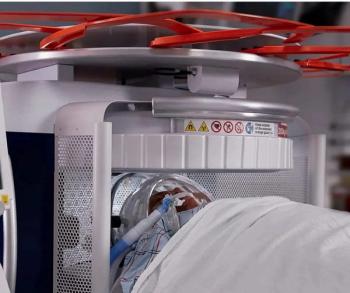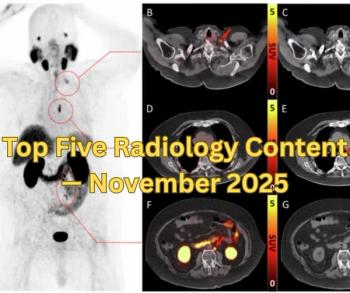
- Diagnostic Imaging Vol 32 No 10
- Volume 32
- Issue 10
MRI reveals when cognitive impairment will advance
Swiss researchers used susceptibility-weighted MRI and an artificial intelligence technique to help identify which individuals with mild cognitive impairment will continue to decline.
Swiss researchers used susceptibility-weighted MRI and an artificial intelligence technique to help identify which individuals with mild cognitive impairment will continue to decline.
Susceptibility-weighted MRI measures magnetic susceptibility phase-effect differences between tissues. Using the technique, researchers were able to view details of the blood vessels in the brain, including microhemorrhages and microbleeds.
The scans revealed microbleeds in 33% subjects with stable mild cognitive impairment. They found microbleeds in 54% of those with progressive cognitive impairment and in 14% of the control group. The study appeared in Radiology.
The researchers also analyzed the data with support vector technology algorithms to identify patterns within a group and create classifications. By adding the support vector technology to the baseline MRI data the researchers were able to distinguish patients with mild cognitive impairment with 85% accuracy.
Articles in this issue
about 15 years ago
Coronary CTA really works, but why isn't its use soaring?about 15 years ago
Case of the Monthabout 15 years ago
Small pulmonary emboli still stump radiologistsabout 15 years ago
Leukemia joins radiation risks for interventionalistsabout 15 years ago
Imaging technique proves useful for ovarian cancerabout 15 years ago
Incidental findings can predict cardiac diseaseabout 15 years ago
Delayed cardiac test saves moneyabout 15 years ago
The deck is stacked against coronary CTA; why it mattersabout 15 years ago
We spend on end-of-life care at expense of patientsabout 15 years ago
LifeImage takes sting out of viewing patient CDsNewsletter
Stay at the forefront of radiology with the Diagnostic Imaging newsletter, delivering the latest news, clinical insights, and imaging advancements for today’s radiologists.


























